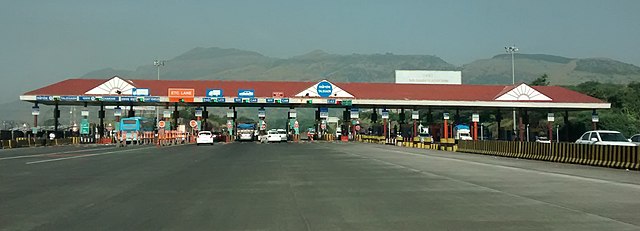The National Highways Authority of India (NHAI)’s ‘One Vehicle, One FASTag’ initiative has come into effect in the country with an aim to streamline the electronic toll collection system. The idea behind this move is to discourage people from using a single FASTag for multiple vehicles or linking multiple FASTags to a particular vehicle. Users have been urged to discard all the earlier FASTags issued through their respective banks and use only the latest one.
Further, they will be required to complete the Know Your Customer (KYC) process or update the required details as per the RBI guidelines. Those FASTags with available balance but incomplete KYC will now get deactivated or blacklisted by banks. Only the latest FASTag account with completed KYC shall remain in use in order to make things efficient.
The ‘One Vehicle, One FASTag’ initiative has come into force after the recent reports of multiple FASTags being issued for a particular vehicle and FASTags being issued without KYC in violation of RBI’s mandate came into light. Often, FASTags are deliberately not fixed on the windscreen of the vehicle, resulting in delays at toll plazas and causing inconvenience to fellow commuters, as per a PIB notice. “The one vehicle, one FASTag initiative is a much-needed corrective measure to ensure that car owners are completing the mandatory KYC process and to cut out unnecessary duplication of FAStags for individual cars,” said Amit Lakhotia, Founder and CEO of Park+, a distributor of FASTag.
The NHAI had earlier given a deadline of January 31 to comply with the ‘One Vehicle, One FASTag’ rule. However, it was later extended to March 31 after Paytm FASTag users encountered challenges. One should note that while one cannot link multiple FASTags issued by different banks with a single vehicle, they can recharge their FASTag using any bank or various payment methods such as UPI and net banking, among others.
FASTag is an electronic toll collection system that was made mandatory at every toll plaza in the country by early 2021. It has a penetration rate of around 98 per cent and over eight crore users, It has revolutionised the electronic toll collection system in the country by making toll collection faster and more efficient. It is operated by the NHAI and it makes use of the Radio Frequency Identification (RFID) technology for making toll payments directly from the prepaid or savings account linked to it.



